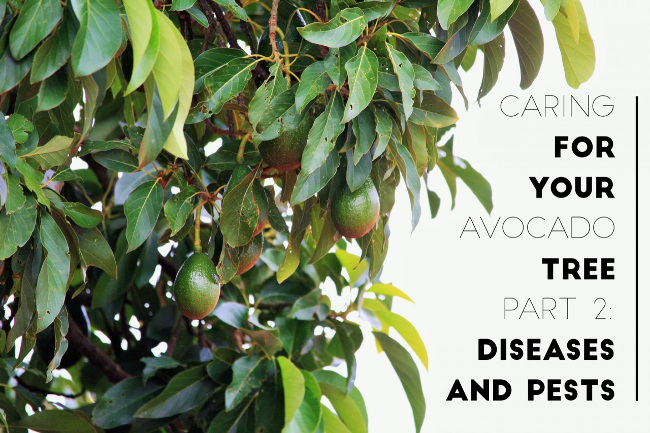
Between homemade smoothies, skin care, and good old-fashioned guacamole, who doesn’t love a fresh, ripe avocado?
As much as we all wish that avocado trees could be a plant it, forget it, and harvest affair, caring for your tree requires consistency and vigilance. The health of your tree can and often does have a huge impact on your harvest during fruit-bearing season.
Here’s an overview of some of the most common diseases and pests that avocado tree owners have to be on the lookout for.
Diseases & Conditions
Sunblotch
Avocado trees that have been hit by sunblotch are often stunted in growth, discolored in the twigs and the bark, and, perhaps most importantly, yield discolored fruit. Even in situations where the tree doesn’t show a lot of symptoms, it’s not unusual for the annual yield to go down dramatically.
Treatment Options: Because sunblotch can’t be cured, tree owners have to focus on preventing it from spreading. Pruning tools need to be sanitized in bleach if they’ve been used on a sunblotch-infected area and if you can, using separate and uncontaminated tools for healthy trees is ideal. In situations where a single tree is at issue, it’s sometimes recommended that you destroy the infected tree to prevent spread to the others.
Cankers
You don’t have to be a tree whisperer to see when a tree is suffering from cankers. Not unlike a boil or a sore on human skin, trees with this condition often take a sunken appearance with sap and gum often dripping from the exposed areas. This may be merely unsightly if it’s just branches and trees affected, but if cankers develop in the trunk, this is a condition that could potentially kill your tree.
Treatment Options: Cankers require a multi-faceted approach to treatment. Pruning and removing dead and dying branches below the area that’s been infected is a good start along with being careful to seal the pruning cuts. To address the bacteria causing the cankers, fungicides are often highly recommended.
Fruit Rot
This is considered a fungal infection of the tree that usually happens as a result of unsanitary conditions and sometimes even from fruit that hasn’t been harvested quickly enough. You can tell when a tree is suffering from fruit rot when the fruit is wrinkling, showing brown spots, and falling before ripening.
Treatment Options: To salvage an avocado tree that’s infected with fruit rot, it’s recommended that tree owners remove the infected areas of the tree as soon as possible.
Common Pests
Mites
These pests aren’t always easy to spot visually, but the damage they do to leaves is undeniable. For those who are wondering why the falling leaves are considered such a big deal, it’s because the leaves are important to protecting the fruit from the damaging sun rays. If allowed to go unchecked, mite populations are capable of growing rapidly.
Treatment Options: The introduction of predator mites is one solution that’s available to tree owners, but the most effective treatment for mites is specialized horticultural oil.
Caterpillars
As it turns out, the popular image of caterpillars chewing through apples has a strong basis in reality. These creatures go after flowers, leaves, and fruit, and if they’re given free reign, they’re capable of destroying an entire avocado crop in practically no time at all. The speed at which they operate is a big part of what makes a caterpillar infestation particularly dangerous to your tree.
Treatment Options: Caterpillars can be treated with a bacterial spray called Bacillus thuringiensis. By taking care to spray the leaves and the insides of any buds, you can stop a caterpillar infestation dead in its tracks.
Thrips
This is a condition that results in scarred avocados and stunted growth depending on how serious the condition becomes. You will normally see these pests come during the earlier part of the season because they like to feed on growths and shoots while they’re still young and tender.
Treatment Options: Thrips try to seek moisture so stopping an infestation ultimately comes down to a combination of repelling the population on the avocado tree and removing alternative hosts. To combat thrips, it’s ideal for tree owners to pull out any grass or other plants near the avocado tree and to also apply a pesticide or oil and fat-based soaps designed to kill harmful insects.
Signs That Your Avocado Tree Could Have a Disease or Pest Problem
So we’ve talked about common diseases and pests that are capable of doing serious damage to an avocado tree. What a lot of these conditions have in common is the simple fact that if you catch the problem early, you have a much better chance at salvaging your tree.
Are there any signs to look out for? Is there some way to know if you should be suspecting a pest infestation?
Here’s a non-exhaustive list of symptoms to watch for:
- Premature leaves dropping
- Wilting leaves
- Lowering fruit production and cankers
- Poor growth
- Yellow or red streaks on the twigs
- Bark that’s peeling or cracking easily
- White powder on bark
- Mushrooms at the tree base
- Brown spots or scarring on avocados
If you notice any or all of these occurring, it could mean that there’s a problem with the tree that requires further investigation.
Can You Save or Protect Your Avocado Tree From Pests or Disease?
The good news is that many of the conditions mentioned here can be managed and actively protected against with a strong regimen of pruning, careful containment of problem areas, and fertilizer.
Whittier Fertilizer has two products that will not only help your tree grow but will also promote higher yields in its Grow More Citrus & Avocado Organic Fertilizer and its GreenAll Citrus and Avocado Food. Both of these products are organic, consistent, and go a long way toward promoting and preserving the health of your avocado tree.
If you have an avocado tree, you’re in a better position than most to enjoy avocado-based sandwich spreads and chip dips all year-round. Protecting your tree’s health is essential to keeping those harvests healthy and plentiful.
Consider contacting us today if you have any questions.


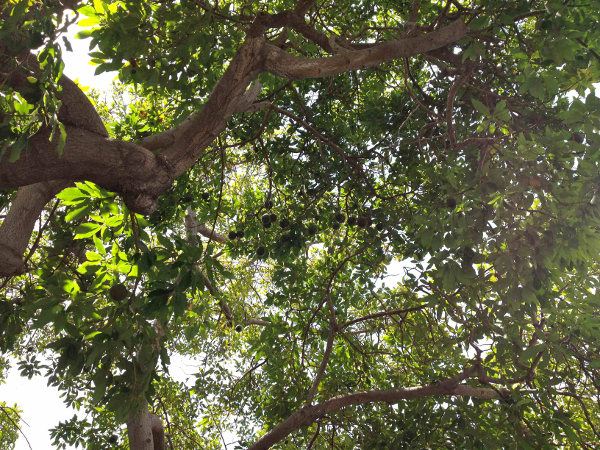 Prized for their buttery textured, highly nutritious and delicious flavored fruits, avocados trees have become a staple of the California landscape. From backyard growers to commercial farms they flourish and thrive by the thousands.
Prized for their buttery textured, highly nutritious and delicious flavored fruits, avocados trees have become a staple of the California landscape. From backyard growers to commercial farms they flourish and thrive by the thousands.


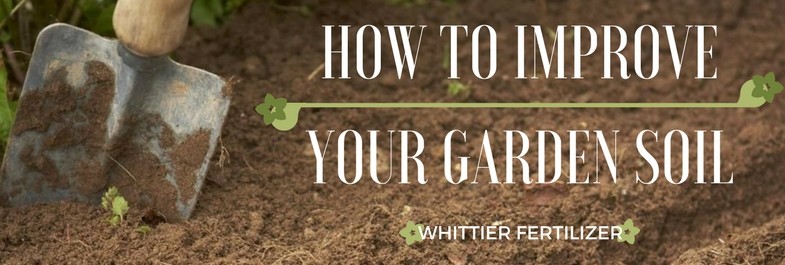
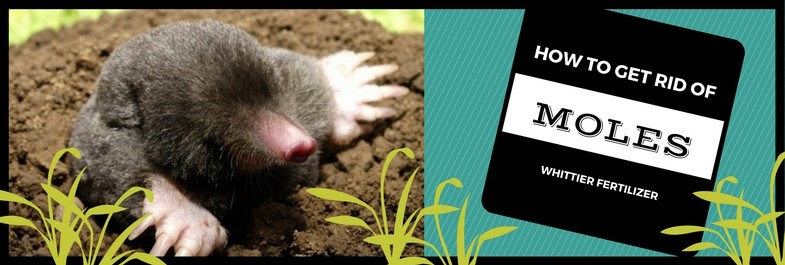
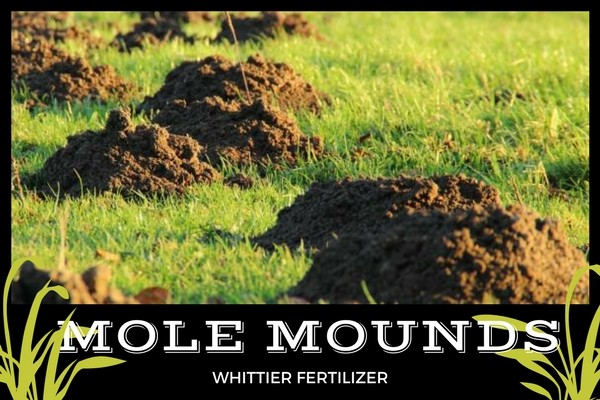 The two most common ways to tell if you have moles is if your garden vegetables are being eaten and your lawn has little volcano-shaped mounds all over it. Moles eat only insects and sometimes vegetables, which is both great and terrible for gardeners. You will be happy to know that moles are loners who rarely travel in groups, which means that you might only have to get rid of one mole to solve your problem.
The two most common ways to tell if you have moles is if your garden vegetables are being eaten and your lawn has little volcano-shaped mounds all over it. Moles eat only insects and sometimes vegetables, which is both great and terrible for gardeners. You will be happy to know that moles are loners who rarely travel in groups, which means that you might only have to get rid of one mole to solve your problem.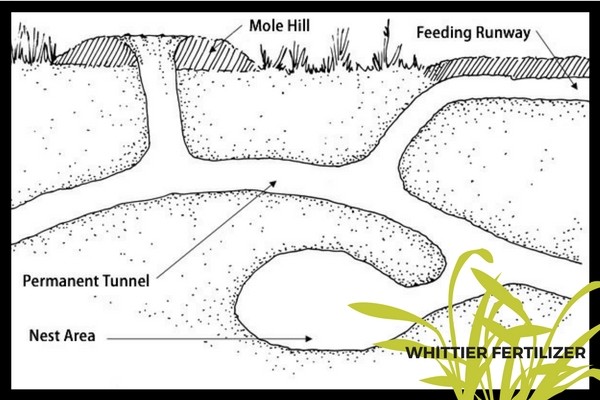 In the wild, a North American mole can live to be six or seven years old. Since moles do not eat many plants, they are not normally affected by the chemical pesticides used to keep out bugs. But if a mole does wander into a yard that uses chemicals, then its life span decreases significantly.
In the wild, a North American mole can live to be six or seven years old. Since moles do not eat many plants, they are not normally affected by the chemical pesticides used to keep out bugs. But if a mole does wander into a yard that uses chemicals, then its life span decreases significantly.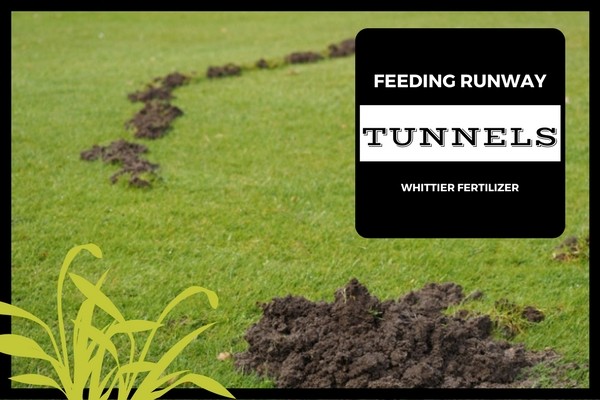 The first option, which is the hardest, is to simply catch the mole. You will need to be quick, but it is not impossible. Go around to all of the mounds the mole has created and either stomp the molehill down with your foot or tap it down with a shovel. Notice the direction of the holes and try to stand upwind of them because the mole can smell you coming. You will also need to stand perfectly still as the mole can hear your footsteps. When the mole pops its head out of a new mound, quickly dig into either side of the mound with two shovels. The shovels will trap the mole at the top of the mound, and you can put the mole into a box and take it miles from your home.
The first option, which is the hardest, is to simply catch the mole. You will need to be quick, but it is not impossible. Go around to all of the mounds the mole has created and either stomp the molehill down with your foot or tap it down with a shovel. Notice the direction of the holes and try to stand upwind of them because the mole can smell you coming. You will also need to stand perfectly still as the mole can hear your footsteps. When the mole pops its head out of a new mound, quickly dig into either side of the mound with two shovels. The shovels will trap the mole at the top of the mound, and you can put the mole into a box and take it miles from your home.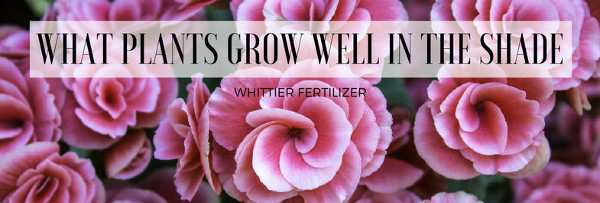
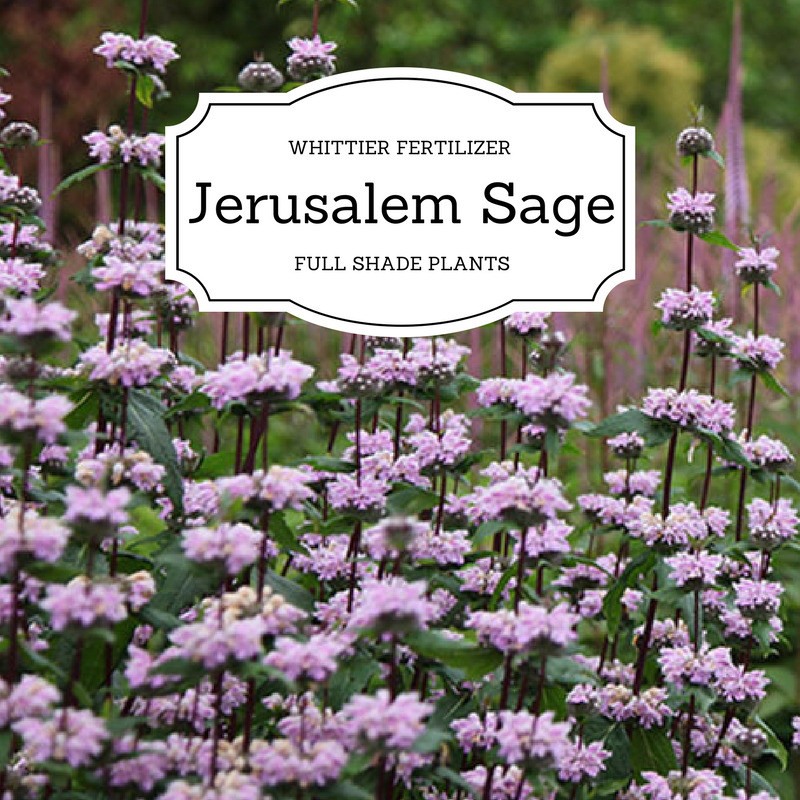
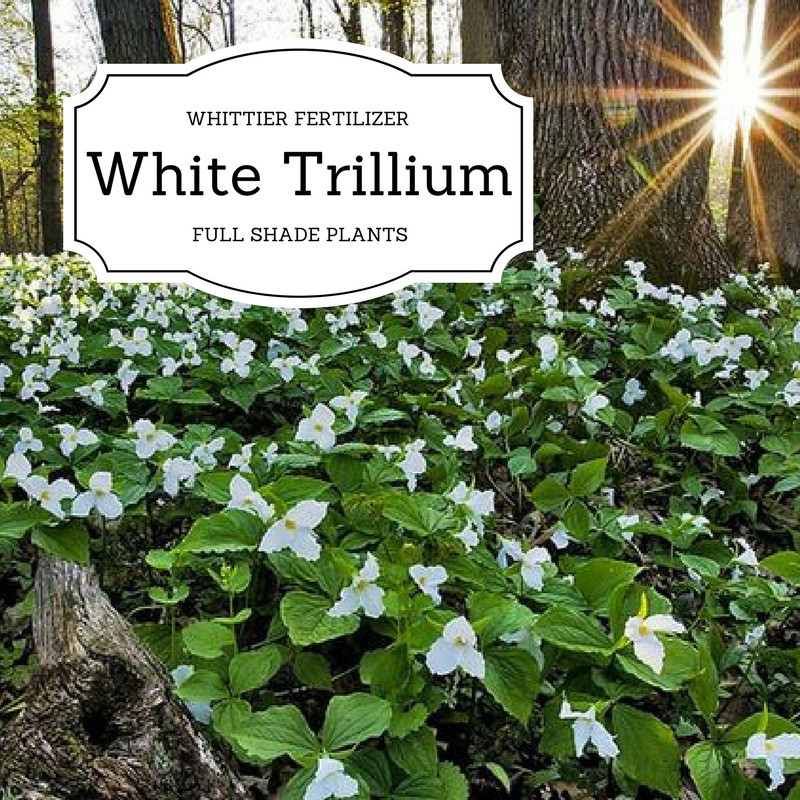
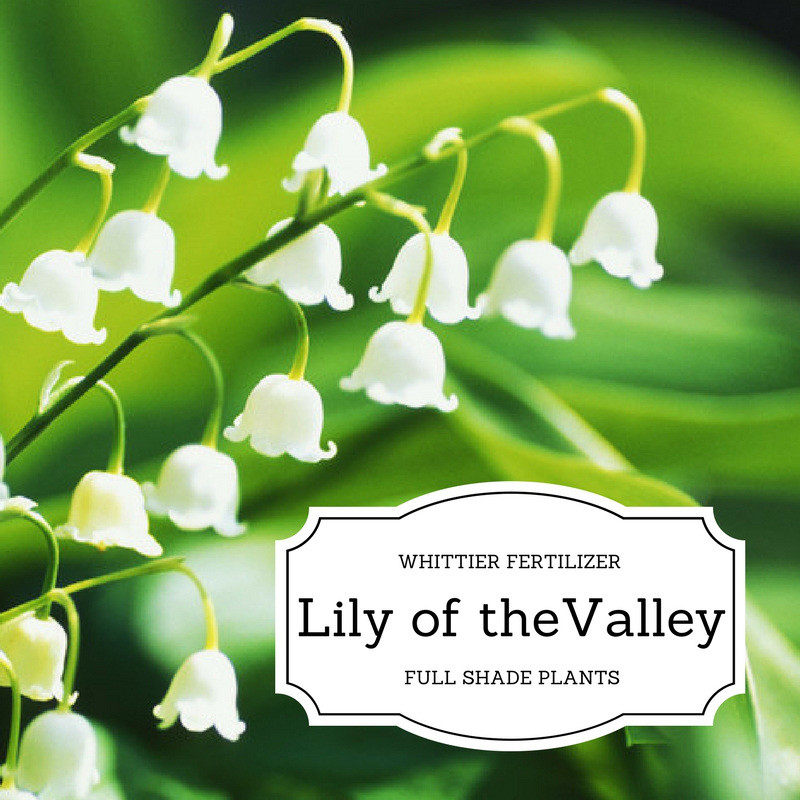
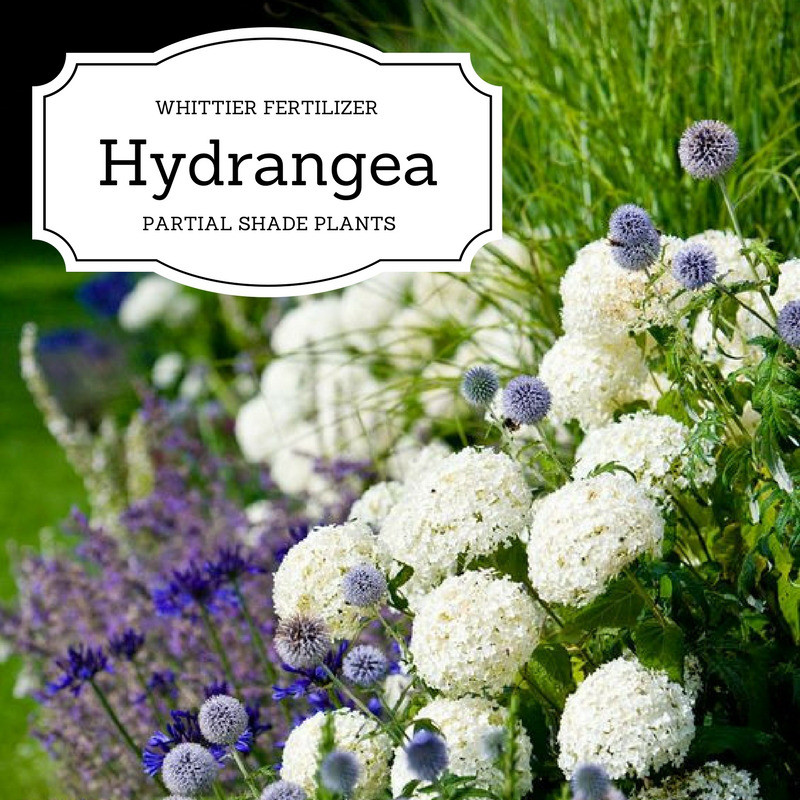
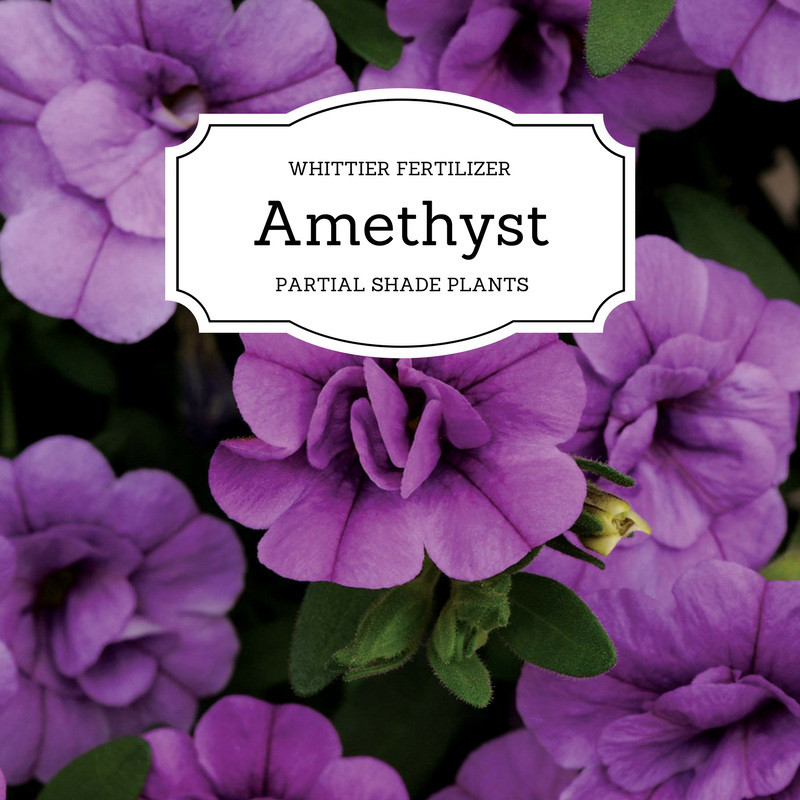
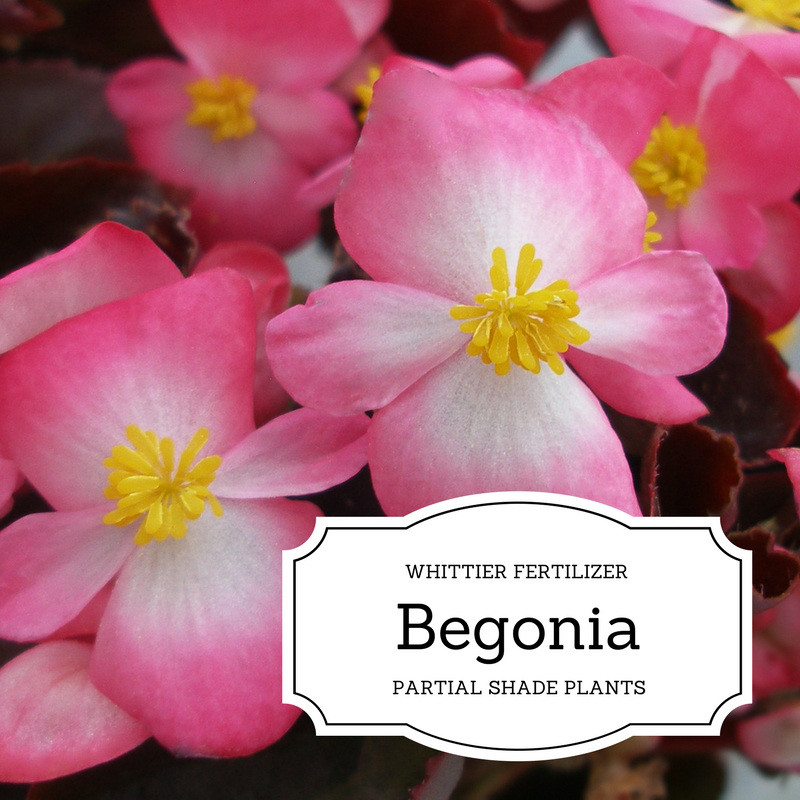
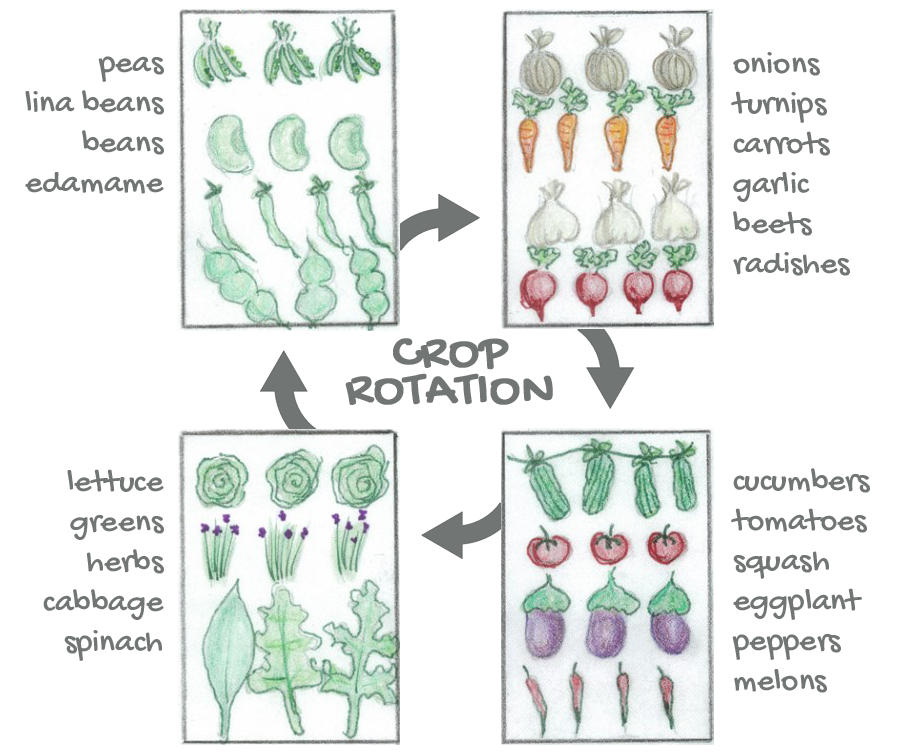


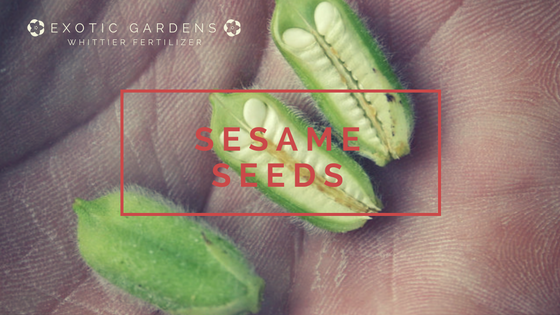
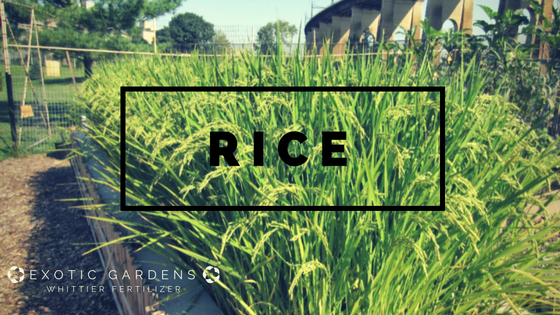
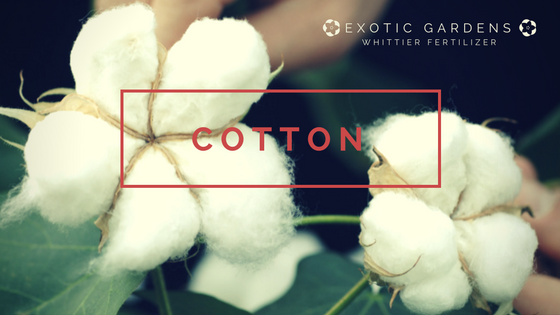

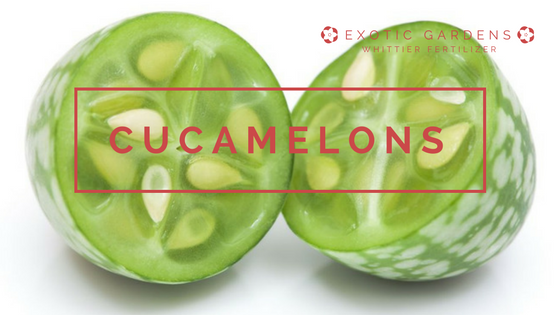

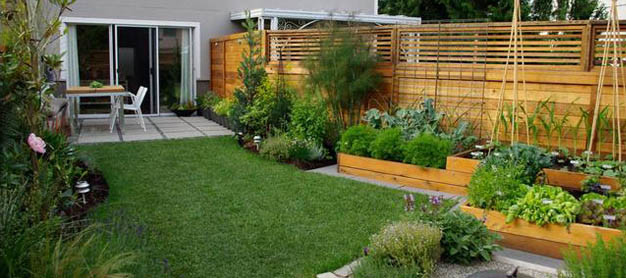
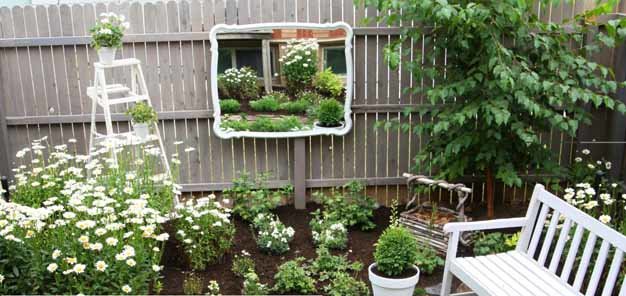
 Growing your food especially superfoods that are packed with a high concentration of nutrients and antioxidants is the best decision you could ever make. It is no secret that many superfoods tend to stretch your wallet at the grocery store, thus growing them right in your backyard will save you money while giving you control over what you eat. According to Health.com, eating superfoods will considerably help to reduce the risk of chronic diseases, extend life, keep you looking younger and healthy.
Growing your food especially superfoods that are packed with a high concentration of nutrients and antioxidants is the best decision you could ever make. It is no secret that many superfoods tend to stretch your wallet at the grocery store, thus growing them right in your backyard will save you money while giving you control over what you eat. According to Health.com, eating superfoods will considerably help to reduce the risk of chronic diseases, extend life, keep you looking younger and healthy.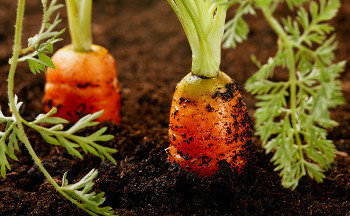 Many people are having problems with their gardens specifically because they are not nourishing the plants properly through the soil. People who use just any patch of soil without properly nurturing it might be planting their garden in an area that is devoid of nutrients. However, a thorough understanding of the different soil types and how they function can make all the difference for gardeners who are trying to improve their gardens.
Many people are having problems with their gardens specifically because they are not nourishing the plants properly through the soil. People who use just any patch of soil without properly nurturing it might be planting their garden in an area that is devoid of nutrients. However, a thorough understanding of the different soil types and how they function can make all the difference for gardeners who are trying to improve their gardens.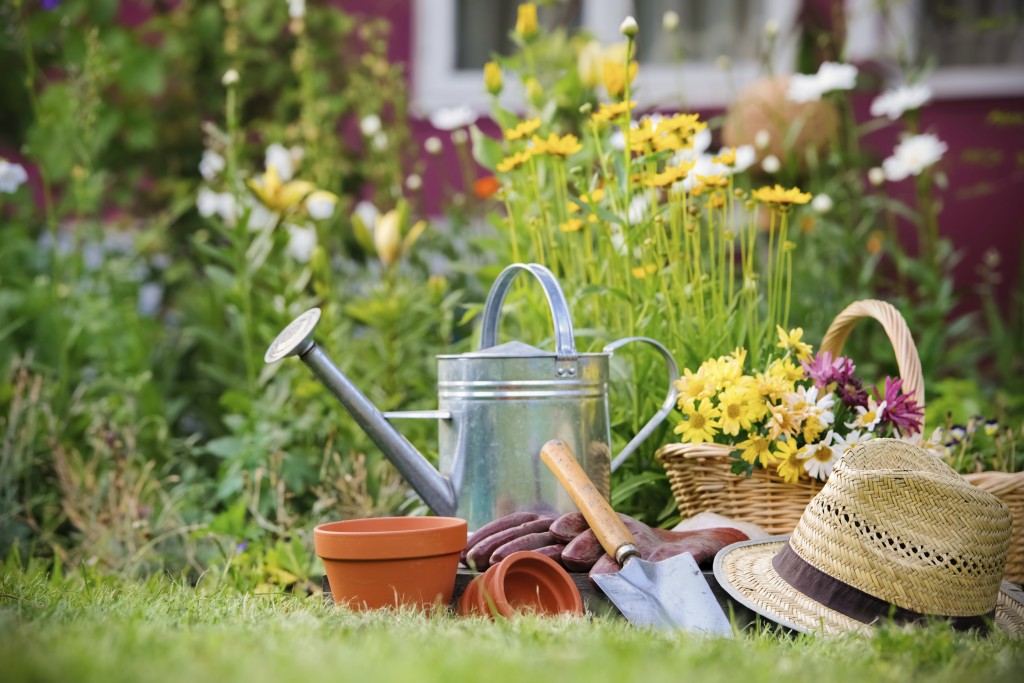
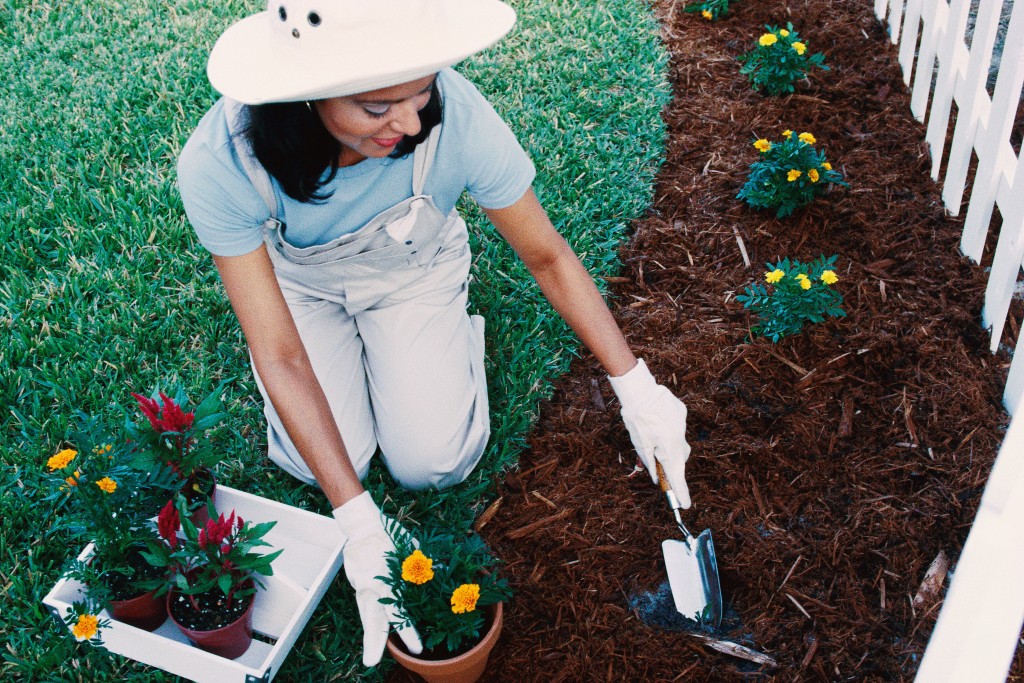 Keep away pests and diseases
Keep away pests and diseases